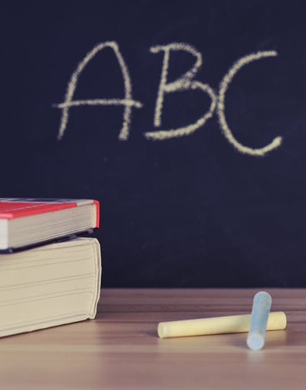
Photo Credit: www.pexels.com
Education is an important part of growing up. From early education to the type of school attended, the educational experience can play a critical role in the shaping of children into adults. Each country in the world has a unique educational system and the United Kingdom is no exception.
Early Education
The London English school system lasts until age eighteen and there are two main forms of education that every child participates in. The first is Primary Education. A student starts their primary education when they are five years old. Additionally, a large number of students go to Nursery School before they begin their official schooling. This helps them prepare for primary school.
After primary school, at age eleven, students begin their Secondary Education. This is the final stage of required education, and it also teaches students about their options after school. Secondary education is completed after students pass their GCSE’s, a series of tests for the student’s knowledge in specific areas. There is a two-year program to help students prepare for these. Math, English, and science are required topics, but between five and twelve other subjects are usually chosen as well. After this, students begin to study for their A-levels, vocational training, or embark on some form of workplace training.
Further Education
A-levels are a program that takes two years to prepare for. Typically, someone will take three A-levels, though some students take as many as five. Once A-levels have been passed, the students may move on to university. For students who are not interested in traditional education, there are a variety of courses that offer hands-on vocational training.
Types of Schools
There are several different types of schools available. Grammar schools, state schools, and independent schools are all different. Grammar schools are allowed to choose their students as a result of their academic abilities, and because of this, students in a lower socio-economic class have a chance to attend. State schools are free for all students to attend but they must adhere to national regulations.
Independent schools are schools that don’t receive state funding but require other forms of funding. There are several types. Public schools are an expensive and well-known option. Boarding schools are set up to allow students to live at the school, although there are some students that come each day as day pupils. Independent and private schools are similar to public schools. Prep and pre-prep schools are similar to independent schools. They are open to students between 3 and 13. Their main goal is to help students prepare for secondary school. Hendon Prep, a private school in Barnet is an example of a prep school. Hendon Prep is a day school that focuses on supporting students in their educational journey.
The educational system of every country is unique, and the British system is no exception. With the different levels of education, there are also a wide variety of schools that will help students reach their goals. With options ranging from state-funded to parent funded, there are options to help each student reach their potential.

